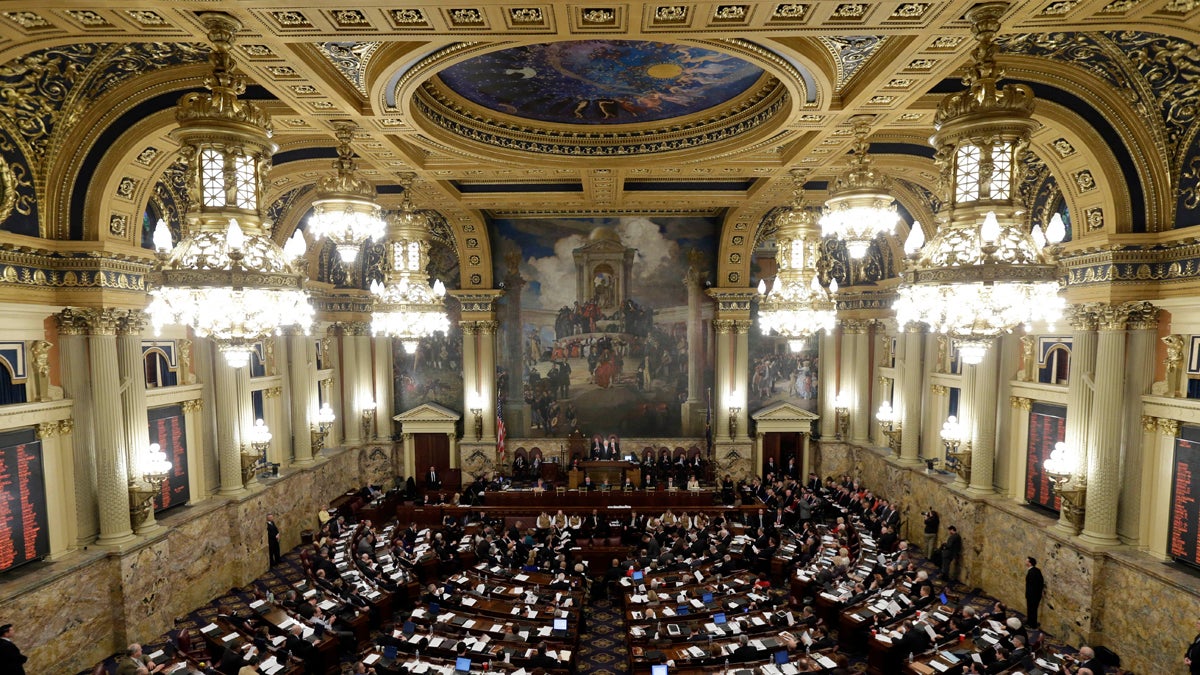Time and money at a rate of $143 a second

Pennsylvania lawmakers have not come up with a plan to address the state's unfunded liability to its two pension systems. Meanwhile
“Unfunded liability” rolls off the tongue about as easily as “high cholesterol,” “structural deficit,” and “negative cash flow.” It may not sound dire, but it’s a slow and silent killer.
A few activists in the state Capitol have endeavored to make the state’s pension unfunded liability a little less silent — or at least a little more visible.
The device they unveiled looks like a wood-encased digital clock that shows a $63 billion figure ticking up at a rate of $143 a second. The clock represents the state’s growing unfunded obligation to its two pension systems.
“Take a 20-minute coffee break … that’s $172,000 that it went up,” said activist Barry Shutt, who commissioned the clock. He said he’ll reprogram it if the pension systems’ money situation changes. For now, he’s got its growth rate memorized: “Take an hour for lunch. That’s $517,000 it went up.”
Shutt has become a fixture outside the Capitol cafeteria, where he’s sat with a fold-up chair and poster-board for a year and a half — a one-man demonstration to reckon with Pennsylvania’s pension debt.
The obligation to the state’s two retirement funds (one for state employees, one for school district employees), ballooned over 15 years due to a combination of tanking investments, sweetened benefits, and underfunding by the state Legislature.
Legislative proposals for pension reform have nibbled around at the edges of what Shutt and his compatriots say is necessary.
Senate Republicans have passed a plan to scale back retirement benefits, and while that would reduce some of the state’s risk of shouldering pension costs in the future, it does nothing to pay down the existing $63 billion-and-growing debt. The measure actually reduced contributions to the pension funds.
The pension problem is hard, experts say, because the potential solutions range from the financially difficult to the politically impossible: find billions of dollars to throw at the debt, paying it off faster.
Joining the debt clock coming-out party were actuary Richard Dreyfuss, longtime legislative shamer Eric Epstein, and Rep. John McGinnis, R-Blair. They all had different ideas for paying down the pension liability. McGinnis suggested they’d be getting ahead of themselves if they offered a payment plan.
“You got to get step one first,” McGinnis said. “You got to commit to saying, ‘This is a serious problem. Look at it.'”
WHYY is your source for fact-based, in-depth journalism and information. As a nonprofit organization, we rely on financial support from readers like you. Please give today.

